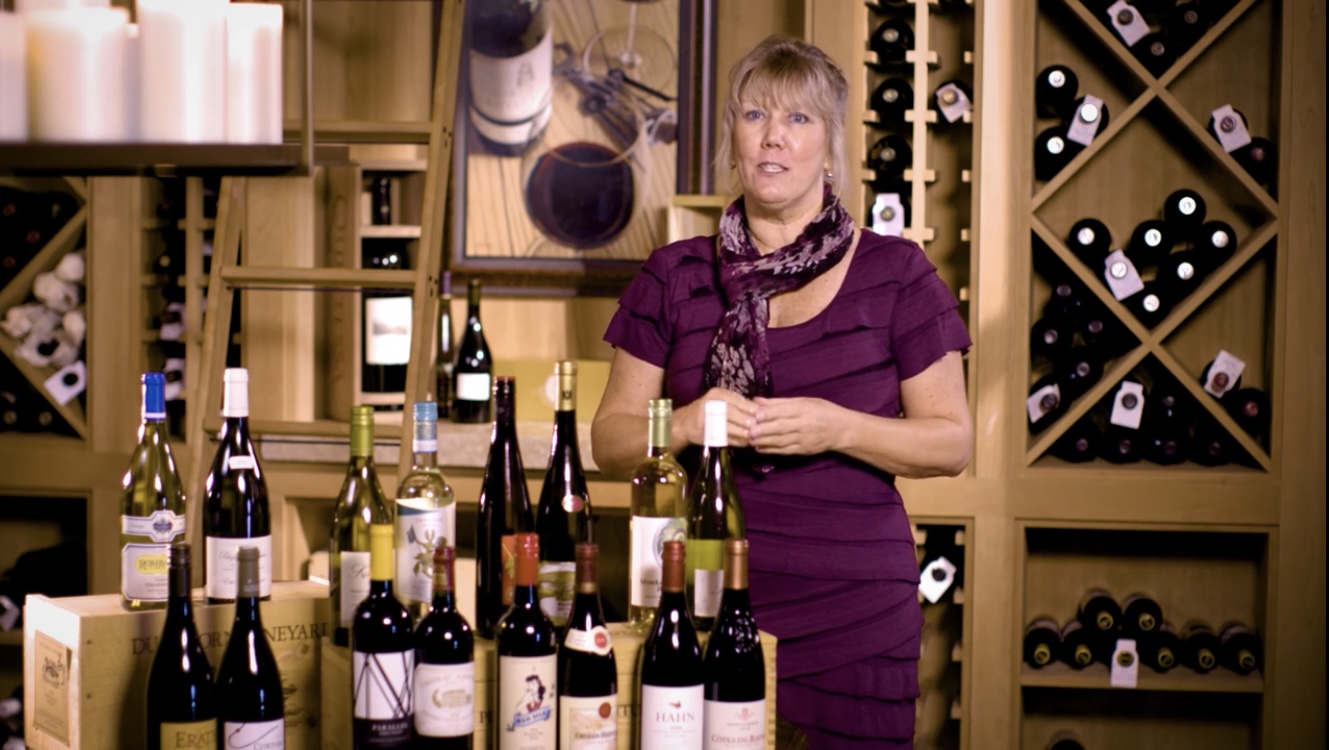Making the return to (a better) normal. Work smarter, not harder.


The restaurant industry certainly felt the impact when Covid-19 lockdowns swept across the country in Spring 2020. Businesses were forced to explore resources and many relied on takeout and delivery to survive. The pulse of the restaurant industry is now returning and many businesses have been able to reopen in-person dining to a reasonable capacity. People are missing their pre-pandemic lives and, this past month, we are seeing more restriction being lifted, inching closer to what feel like a distance memory of normal.
So, how do we get back to normal? First, we need to think of it as a new normal or as I like to call it “a better normal”. The food and beverage industry learned many lessons over the past 24-months. The two largest influencing factors moving forward:
- Flexibility – Key in hiring, training, menu options, and hours of operation.
- Cleanliness– Attention will be focused here by all. Be aware that surfaces are cleaned and sanitized more frequently. It is comforting to customers to observe wiping down menus, tables, and washing hands often.
Now that we are approaching the busy summer months, the challenge before us is hiring and training in order to prepare. How do we cleverly approach this and get the “right” employees?
Post pandemic research shows that only 32% of employees hired are full time, leaving 68% to flexible shifts, or part time work.
This statistic requires us to take a different approach than pre-pandemic, a more personal approach. Hiring should be based both on the needs of the restaurant and on the needs of the employee. Consider hiring split shifts if your establishment is open for breakfast, lunch and dinner. Flexible options will attract quality employees that can benefit from various shifts and feel valued by their employer – retain more staff with this personal approach.
Embrace technology. The food and beverage industry is pushing toward tech savvy approaches to everyday issues. With new training programs, ways to approach facets in the industry, delivery services, even initial interviews can be online – the past 2-years have been a tech revolution.
There are many affordable, efficient training platforms for the food and beverage industry, saving us time with one-on-one or group training, providing the employee time to learn at their own pace, and getting results in both customer service as well as product sales.
Restaurants with bar or wine service can increase revenue in a big way with the right training. Servers should have basic education of wine, proper table service, and ability to offer food and wine pairing suggestions.
Empower the employee to sell and engage with the customer. The company’s bottom line will reflect the increase in sales and your server will see an increase in tips. Culinary Wine Institute is a training platform that is specific to the service industry, designed by former servers and sommeliers. This educational system has a proven track record.
Encourage employees to develop critical skills that open multiple opportunities for their career development, rather than preparing them for the one role they were specifically hired for.
We have all had to adapt and, through the adaptation, proved it can be done successfully. Sure, you can return to some of the previous methods but, if you want to push ahead in this changing climate, it’s time to be on board with innovative ways to accomplish your goals. Working smarter, not harder.
PamelaWood, is a Certified Sommelier, American Wine Expert and one of only 443 Certified Wine Educators in the world. Visit culinarywineinstitute.com to learn more. CWI, 2100 Park Avenue #682594, Park City, UT 84068 info@culinarywineinstitute.com





